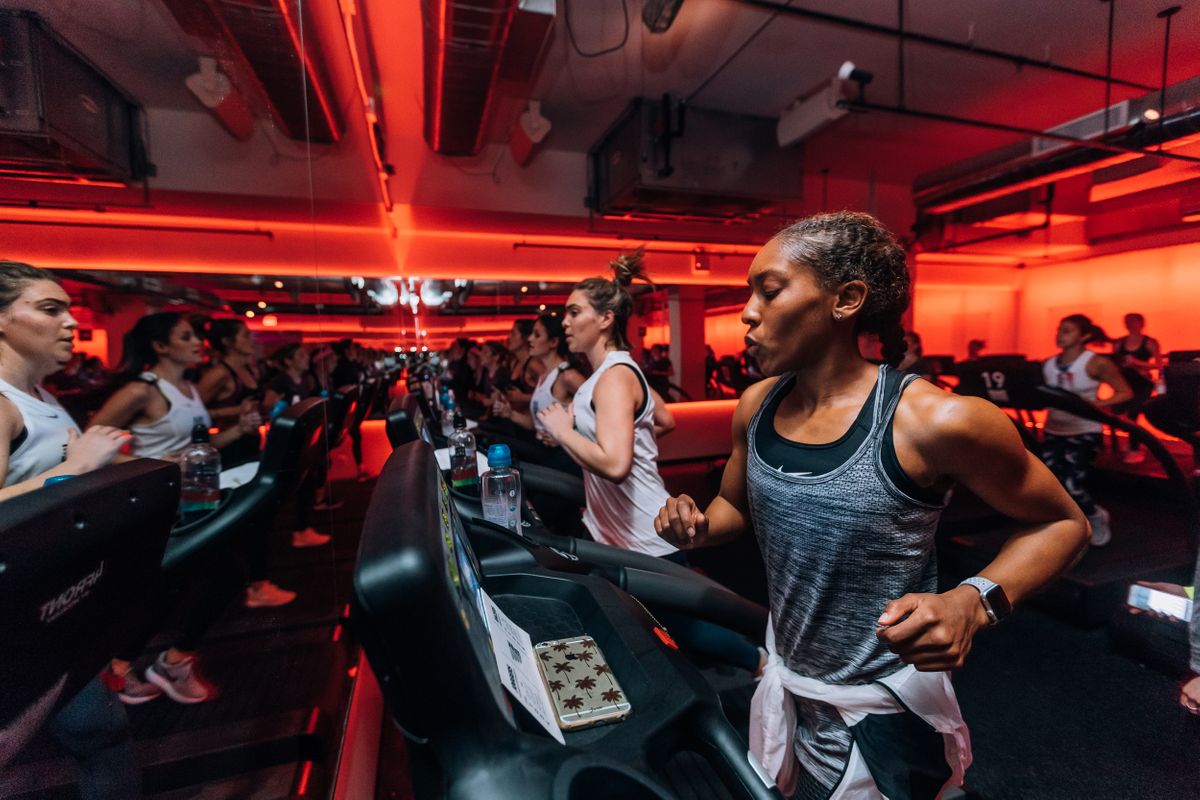Like most athletes, runners are constantly looking for ways to make their training more effective. We have been hearing about "heart rate variability", or “HRV," more and more often in recent years. Many professional and elite level athletes have turned to HRV to help identify how intense their workouts should be and what their recovery should look like, therefore avoiding overtraining and undertraining.
So what exactly is heart rate variability? HRV is a measure that reflects change in the heart beat cycle over time, comparing one beat to another. It is sensitive to acute stress, which includes cardiovascular stress from exercise. An athlete who is wellrested will have greater time between heart beats, resulting in a higher HRV. An athlete that is stressed out, tired, and overworked will have less time between beats and will have a lower HRV.
This change in HRV reflects a nervous system imbalance, specifically of the autonomic nervous system. The autonomic nervous system is comprised of the sympathetic system and parasympathetic system. The sympathetic system is responsible for heightening your physiological state; the "fight or flight" response that causes an increase in heart rate and blood pressure. The parasympathetic system down-regulates the body; this is active when you mediate or relax. When an athlete is overtrained, the sympathetic system is overactive. Resting and training heart rates become elevated and the body is in a constant state of stress. This autonomic nervous system imbalance is reflected in HRV.
By monitoring heart rate variability, athletes are able to individualize their training and recovery plans for maximum benefit and minimal risk. For example, if a runner planned a tough speed workout for the day but her HRV is low, she can adjust her plan and decrease the intensity of her workout, minimizing her risk of injury and overtraining while still getting most out of her run.
I like Heart rate variability as a training tool because it is very individualized and addresses the importance of proper recovery. It is a way to help runners avoid injury and improve their performance: two things we are always looking to do!
- Cathlin Fitzgerald, PT, DPT, CSCS, CAFS
- NY Custom PT & Performance
- 295 Madison Avenue #1026
- New York, NY 10017
- 212-682-786
- Dong Jin-Guo. “The role of heart rate variability in sports physiology". Experimental and therapeutic medicine. 2016; 11: 1531-1536.

